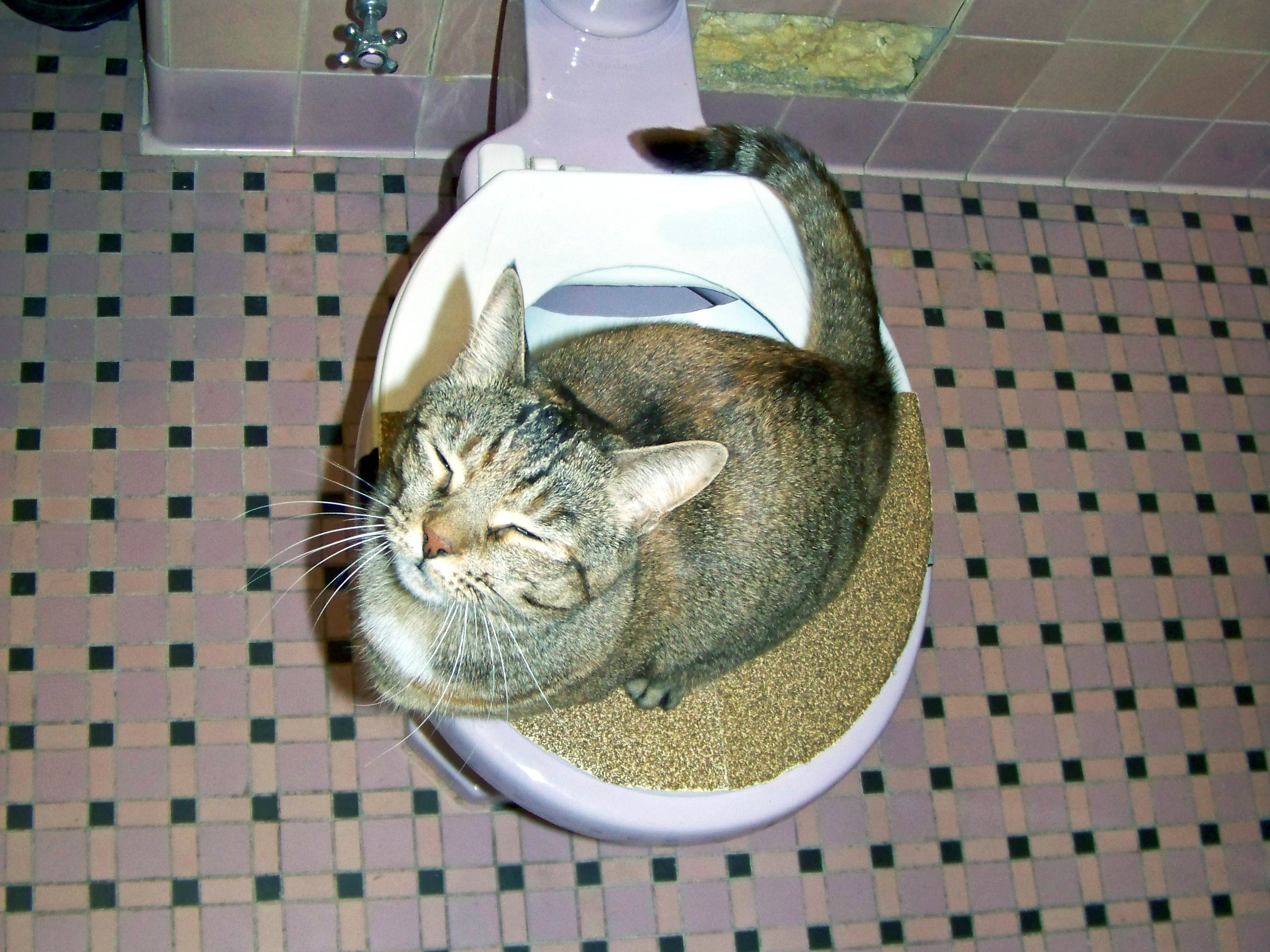Reasons You Shouldn't Flush Cat Poop Down Your Toilet - Preserve Your Plumbing System
Reasons You Shouldn't Flush Cat Poop Down Your Toilet - Preserve Your Plumbing System
Blog Article
We have unearthed this post pertaining to Can You Flush Cat Poop Down The Toilet? directly below on the web and felt it made good sense to relate it with you on this page.

Introduction
As pet cat proprietors, it's essential to be mindful of just how we deal with our feline close friends' waste. While it may appear hassle-free to purge feline poop down the toilet, this method can have harmful consequences for both the atmosphere and human health and wellness.
Ecological Impact
Flushing cat poop presents unsafe virus and bloodsuckers into the water, presenting a substantial threat to water communities. These pollutants can adversely influence marine life and concession water quality.
Health Risks
In addition to ecological issues, flushing feline waste can additionally pose health threats to humans. Pet cat feces may contain Toxoplasma gondii, a bloodsucker that can trigger toxoplasmosis-- a possibly severe disease, specifically for expectant women and individuals with weakened body immune systems.
Alternatives to Flushing
Luckily, there are more secure and more liable means to throw away pet cat poop. Think about the adhering to alternatives:
1. Scoop and Dispose in Trash
One of the most common method of disposing of feline poop is to scoop it into a biodegradable bag and throw it in the garbage. Make sure to utilize a devoted trash scoop and take care of the waste without delay.
2. Usage Biodegradable Litter
Opt for biodegradable pet cat litter made from materials such as corn or wheat. These trashes are environmentally friendly and can be safely dealt with in the trash.
3. Hide in the Yard
If you have a lawn, think about hiding feline waste in an assigned area far from vegetable yards and water resources. Be sure to dig deep adequate to avoid contamination of groundwater.
4. Install a Pet Waste Disposal System
Buy an animal waste disposal system particularly made for pet cat waste. These systems use enzymes to break down the waste, decreasing smell and environmental effect.
Final thought
Responsible pet dog possession prolongs past supplying food and sanctuary-- it additionally entails correct waste management. By refraining from flushing feline poop down the commode and selecting alternate disposal approaches, we can decrease our ecological impact and shield human wellness.
Why Can’t I Flush Cat Poop?
It Spreads a Parasite
Cats are frequently infected with a parasite called toxoplasma gondii. The parasite causes an infection called toxoplasmosis. It is usually harmless to cats. The parasite only uses cat poop as a host for its eggs. Otherwise, the cat’s immune system usually keeps the infection at low enough levels to maintain its own health. But it does not stop the develop of eggs. These eggs are tiny and surprisingly tough. They may survive for a year before they begin to grow. But that’s the problem.
Our wastewater system is not designed to deal with toxoplasmosis eggs. Instead, most eggs will flush from your toilet into sewers and wastewater management plants. After the sewage is treated for many other harmful things in it, it is typically released into local rivers, lakes, or oceans. Here, the toxoplasmosis eggs can find new hosts, including starfish, crabs, otters, and many other wildlife. For many, this is a significant risk to their health. Toxoplasmosis can also end up infecting water sources that are important for agriculture, which means our deer, pigs, and sheep can get infected too.
Is There Risk to Humans?
There can be a risk to human life from flushing cat poop down the toilet. If you do so, the parasites from your cat’s poop can end up in shellfish, game animals, or livestock. If this meat is then served raw or undercooked, the people who eat it can get sick.
In fact, according to the CDC, 40 million people in the United States are infected with toxoplasma gondii. They get it from exposure to infected seafood, or from some kind of cat poop contamination, like drinking from a stream that is contaminated or touching anything that has come into contact with cat poop. That includes just cleaning a cat litter box.
Most people who get infected with these parasites will not develop any symptoms. However, for pregnant women or for those with compromised immune systems, the parasite can cause severe health problems.
How to Handle Cat Poop
The best way to handle cat poop is actually to clean the box more often. The eggs that the parasite sheds will not become active until one to five days after the cat poops. That means that if you clean daily, you’re much less likely to come into direct contact with infectious eggs.
That said, always dispose of cat poop in the garbage and not down the toilet. Wash your hands before and after you clean the litter box, and bring the bag of poop right outside to your garbage bins.
https://trenchlesssolutionsusa.com/why-cant-i-flush-cat-poop/

I was made aware of that editorial on How to Dispose of Cat Poop and Litter Without Plastic Bags through an acquaintance on a different web address. Sharing is caring. One never knows, you will be helping someone out. Thanks so much for taking the time to read it.
Call Today Report this page